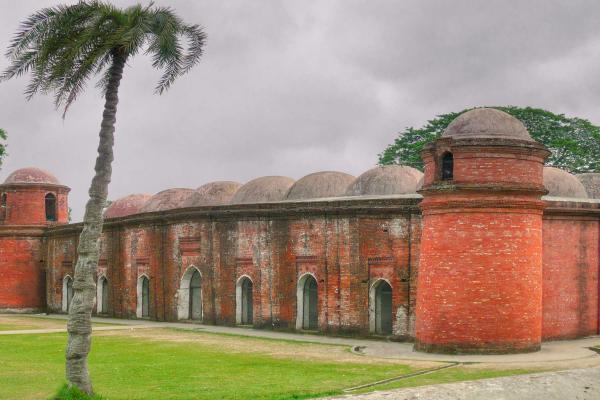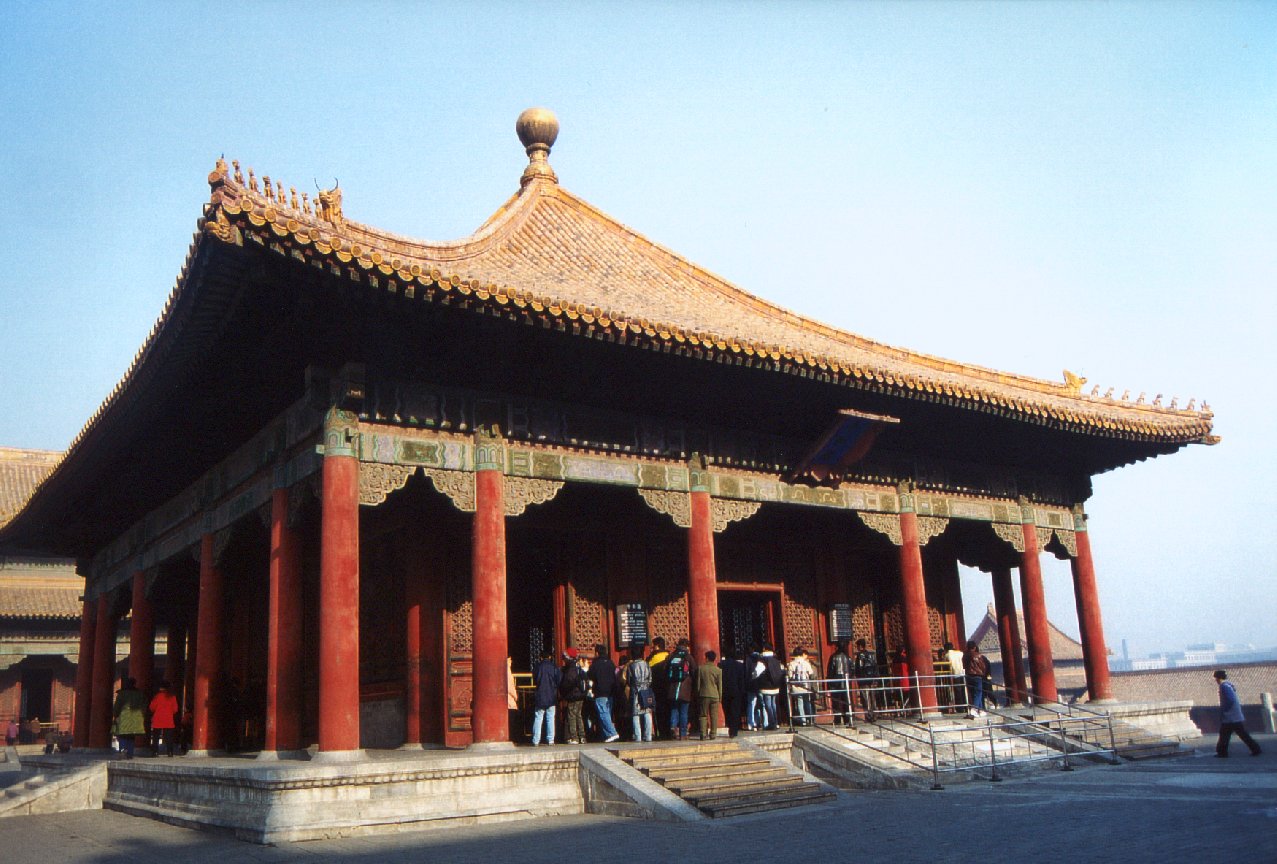 The relationship between Taiwan and mainland China hasn’t been the most cordial over the last half century, and the differing philosophies can be seen in the different path that Taiwan has taken. The impressive city centre in Taipei is the epitome of modern capitalism, and it is a particularly popular place to come shopping and to socialize. For those visiting the island, Taiwan is a wonderful combination of historic buildings, events, modern city and natural beautiful scenery.
The relationship between Taiwan and mainland China hasn’t been the most cordial over the last half century, and the differing philosophies can be seen in the different path that Taiwan has taken. The impressive city centre in Taipei is the epitome of modern capitalism, and it is a particularly popular place to come shopping and to socialize. For those visiting the island, Taiwan is a wonderful combination of historic buildings, events, modern city and natural beautiful scenery.
Visit The National Palace Museum
The history of the NationalPalaceMuseum is as interesting as that of Taiwan itself, having originally been based in the Forbidden City in Beijing. The collections include some of the most important pieces from the Imperial history of China, and these were first evacuated from the Forbidden City in 1933 during the Japanese invasion, and relocated to Shanghai. As the civil war in China intensified in the late 1940s, the collections of the museum were then evacuated to the island of Taiwan.
Today the museum is one of the most popular tourist sites in the country, and has a collection of nearly 700,000 items. There are over 1,000 years of Chinese painting shown in the artwork on display, and also has a large collection of calligraphy which is particularly important in China. There are also many examples of carving and sculpture to be seen, with an interesting series of carvings in Jade particularly popular, including the unusual and ornate Jadeite Cabbage.
Enjoy The Dragon Boat Festival
The Dragon Boat Festival is an event that is celebrated across many parts of Asia, particularly those that have been influenced by China. The most significant part of the festival in Taiwan is the racing of the dragon boats, which are usually raced over short to medium distances and packed with teams of rowers that will have one paddle each and sit in two rows in the boat. As well as the boat races themselves, it is also traditional to eat rice dumplings and drinking realgar wine.
Visit The Taroko Gorge
The Taroko Gorge is at the heart of one of the most famous national parks in Taiwan, and is popular because of the amazingly steep and high gorge sides that rise hundreds of feet above the river. The tricky roads that travel along the course of the gorge are narrow and can be particularly treacherous as many cyclists along with tourist buses share these roads in the TarokoNational Park. During the summer, the gorge can also be enjoyed from a different perspective, as a number of rafting groups run trips down the river at the bottom of the gorge itself.
See The Skyscape From Taipei 101
Taipei 101 is one of the world’s largest skyscrapers, and actually held the title between 2004 and 2010. Standing at a huge 509 meters tall, the tower stretches high into the air and has a distinctive shape due to the need for the tower to be able to resist the strong typhoon winds that can hit the city. On a clear day, the best place to see the city is from the outdoor observatory which offers stunning views over the city of Taipei, and is also often lit up and surrounded by fireworks during special events and festivals.
Visit Chiang Kai-Shek Memorial Hall
The Chiang Kai-Shek Memorial Hall is a large building erected in memory of the military leader who brought the Nationalist government of China to the island of Taiwan as their fortunes in the civil war waned. The hall stands among large open grounds and ornate gardens, at the end of a broad avenue which is flanked by the National Concert Hall and the National Theatre before reaching the hall. The hall itself also has a library and museum dedicated to the memory of the country’s former leader.

